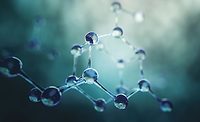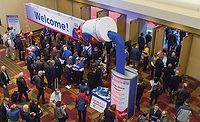New Technology Launched at ECS 2017
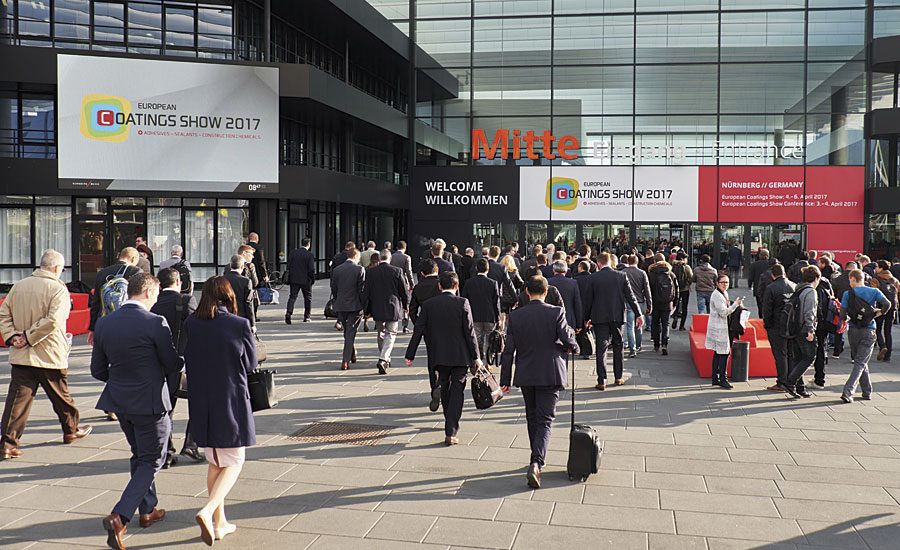
Photo courtesy of NürnbergMesse.

Photo courtesy of NürnbergMesse.
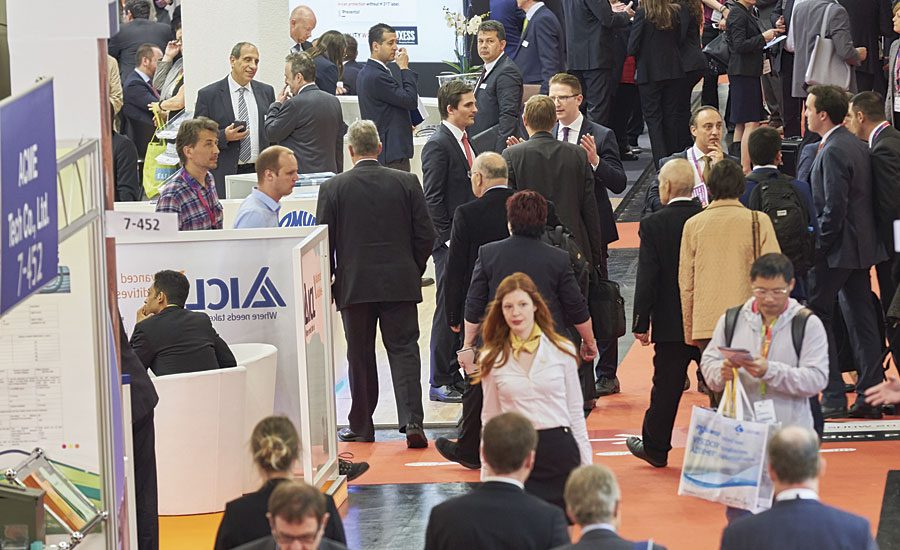
Photo courtesy of NürnbergMesse.
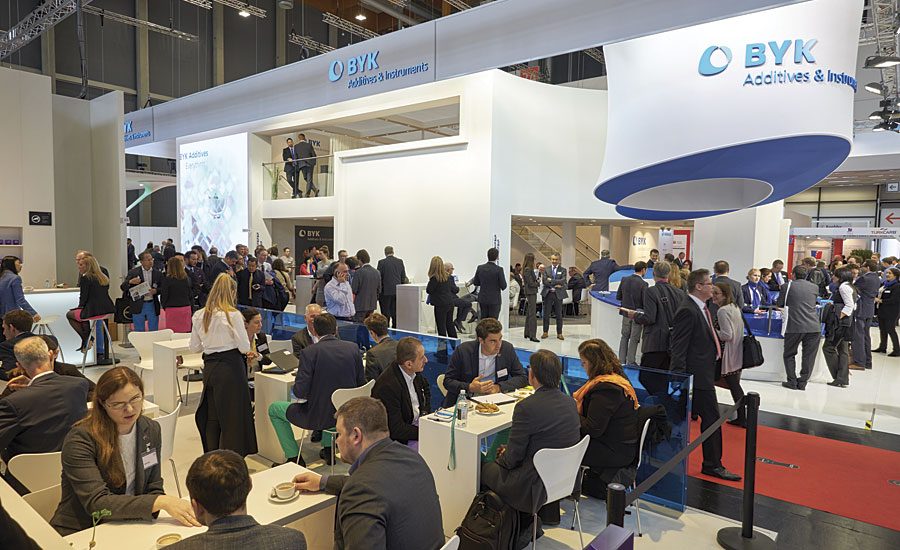
Photo courtesy of NürnbergMesse.

Photo courtesy of DSM

Photo courtesy of NürnbergMesse






BYK Unveils Additive Solutions for Radiation-Curing Coating Systems and More
During my March visit to BYK-Chemie in Wesel, Germany, Marcel Krohnen, Global Head of End-Use Wood and Furniture Coatings, gave me an in-depth tour of the company’s R&D and application labs. I learned how the company is organized around both internal and external perspectives. The internal perspective focuses on products and product groups, such as rheology, wetting/dispersing, surface additives/defoamers, and colloidal systems. Here, synthesis labs conduct both short- and long-term research and development projects. The external side focuses on end users, and features technical service groups that are dedicated to specific market segments to meet customer needs. Many times the R&D projects that the product groups are working on are based on interests and requests received by the technical service groups from customers.
One such area of interest is tactile and visual attractiveness, coupled with optimum protection against mechanical and chemical stress. These can be determining factors for any decision to purchase parquet flooring or wood furniture, and they have now become increasingly characteristic of the end-user market. BYK’s latest additive solutions for radiation-curing coating systems, which were unveiled at the ECS, address these issues.
BYK-1788 and BYK-1799 are VOC-free defoamers for solventborne, high-solid and solvent-free systems with particular suitability for 100%-UV systems. As a defoamer with extraordinary broad compatibility, BYK-1788 is especially recommended for clearcoat systems, whereas BYK-1799, on account of its very strong defoaming action, is pre-eminently suited for matte or pigmented coating systems and printing inks.
To systematically supplement its product portfolio in the area of wetting and dispersing additives, BYK has developed two new products that are characterized by their highly effective dispersion and stabilization of untreated and treated silica-based matting agents. Their use leads to a very significant reduction in viscosity, thus allowing a far larger quantity of matting agents to be incorporated. This also makes it possible to achieve a far more homogenous incorporation and orientation of the matting agents for deep matte UV-curing and conventional solvent-based wood and furniture coatings.
BYK has also been working for many years on steadily enhancing the functionality and look of architectural coatings that combine both optimum performance and environmental friendliness. BYK presented the following new product developments at the ECS that satisfy these requirements.
DISPERBYK-2062 is a VOC- and APEO-free wetting and dispersing additive for the manufacture of universal pigment concentrates. It augments the existing BYK portfolio in terms of improving the compatibility of inorganic pigment concentrates in both solventborne and aqueous systems, and satisfies all the regulations and quality labels in the architectural coatings sector.
Another focus of the development work has centered on the systematic expansion of the product portfolio for rheology additives. As a result, BYK presented both a new high-shear and a new low-shear thickener, which are impressive not only due to their absence of APEO, VOCs, S-VOCs, tin and propylene glycol, but also due to their extreme effectiveness.
OPTIFLO-T 1010 is a high-performance liquid rheology additive for aqueous systems. Due to its specific impact in the high-shear range, this additive provides a clear improvement in syneresis, spatter resistance and brushability.
Additionally, a newly developed low-shear thickener, OPTIFLO-H 7625 VF, was introduced. This additive specifically creates pseudoplastic flow behavior, which impacts positively on the anti-sagging properties and the storage stability in aqueous coating systems. The additives are practically suitable for any application, provide a high degree of effectiveness and reduce the complexity of the coating system.
Looking for a reprint of this article?
From high-res PDFs to custom plaques, order your copy today!






